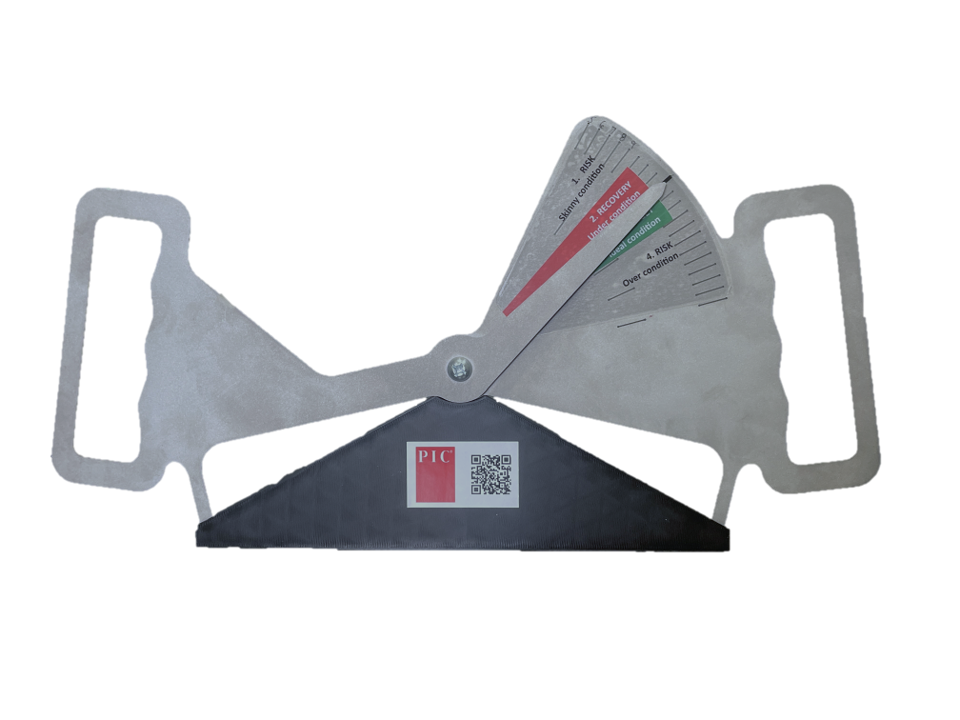Follow these four principles in sow care to increase her longevity in the herd.
Sow husbandry is both an art and a science. With sow care, the science component quickly shows results if the art is correct. Barn-level training, ownership and accountability in sow care can promote robustness to ultimately improve sow longevity.
Producers who add intention and accountability to sow care can increase a sow’s ability to reach her genetic potential. No sow can reach her full capabilities if she’s sick or not managed to her full genetic potential.
“Sow care is more related to proactively and collectively reducing the need for individual treatments,” says Juan Carlos Pinilla, PIC Technical Services Director Strategic Accounts and Projects. “Individual treatments are just one of the elements of sow care. Every step you take to prevent issues leads to saved sows and saved time.”
Pinilla has noticed that successful sow care principles hinge on the ownership and accountability of sow caretakers in the following areas.
1. Clarity on sow mortality reasons
Sow mortality can happen for various reasons, and learning to differentiate those reasons impacts care ahead of time. Pinilla says 30% or more of sudden deaths require a workup to clarify the cause. Necropsies should inform recordkeeping and staff education to ensure preventative care is given.
“When you understand and control sow mortality, a farm can create a positive domino effect for sow retention,” Pinilla says. “If farms prioritize anything, it should be sow care. Genetic improvement means nothing if an animal dies and can’t transfer the improved genes to its offspring.”
2. Making the best breeding choices
Hitting a breeding target with marginal females doesn’t actually accomplish that breeding target goal. Smart breeding decisions will avoid early gestation mortality and culling and will help improve the overall reproductive efficiency and financial performance of the herd.
Pinilla suggests asking, “Can she be bred, gestate and wean another littler?” If the answer is no, he recommends culling. The gilt program must support this to maintain a constant breeding target because sow care begins at gilt selection.
He recommends having a champion team member on each farm to focus on breeding only high-quality sows.
3. Animal inventory management
Stocking densities must be adjusted to allow the animals to reach their genetic and performance potential without being crowded. Schedule the culled sows’ shipments with the needed frequency to let incoming gilts with higher profit potential have the vital space for plenty of access to food and water.
4. Timely interventions/treatments
Sows need extra care to make farrowing a smoother experience. Make sure sows have had water, and train gilts to use waterers in farrowing if necessary because that is often a pain point.
Monitor sows in active farrowing every 20 minutes and be extra careful when intervening if a sow seems in distress. Check that the placenta has been expelled and that sows don’t have a fever 24 hours after farrowing. Do not assume these have happened without verifying.
This is where employee ownership comes into play, says Pinilla. Frequent monitoring, recordkeeping with sow cards or electronic real-time records, and communication are imperative. But sow care is not only important during farrowing.
“We need to realize that sows in a group-housing environment with a health issue won’t cure themselves. Someone must help them. Typically, we are late in identifying and treating lame sows soon enough,” says Pinilla. “Walk the pens frequently. While I suggest that a dedicated person champions sow care, everyone on the team needs to understand what to look for. You don’t have to be a vet to notice if something’s wrong.”
Sow care does work. When staff members take ownership of and are accountable for care, tangible results are seen in a short amount of time. In one example, Pinilla shares, sow deaths decreased by 3% annually following staff training and intensive, deliberate identification and treatment. PIC’s technical services teams are available to help with recommendations.
Sow care is one of PIC’s four pillars focused on sow robustness. To support key management areas for robustness, PIC has a hands-on technical support team that focuses on female reproduction and nutritional requirements. The team visits customer farms and provides technical expertise on how to best manage and feed a PIC animal to maximize longevity.
To learn more about how you can find success with PIC females, contact your local PIC rep or visit our resources page.






